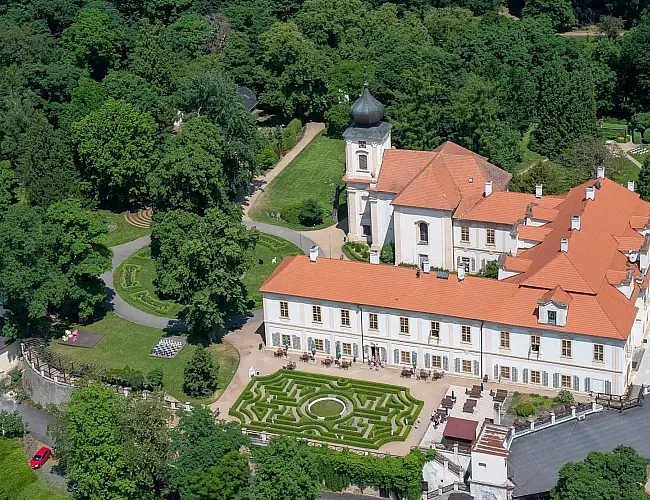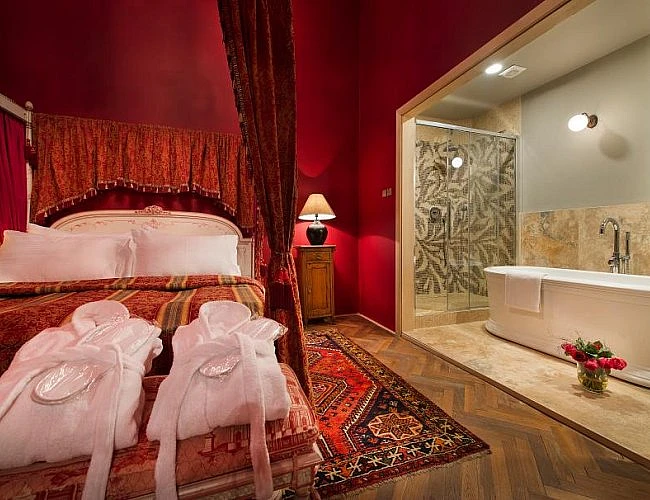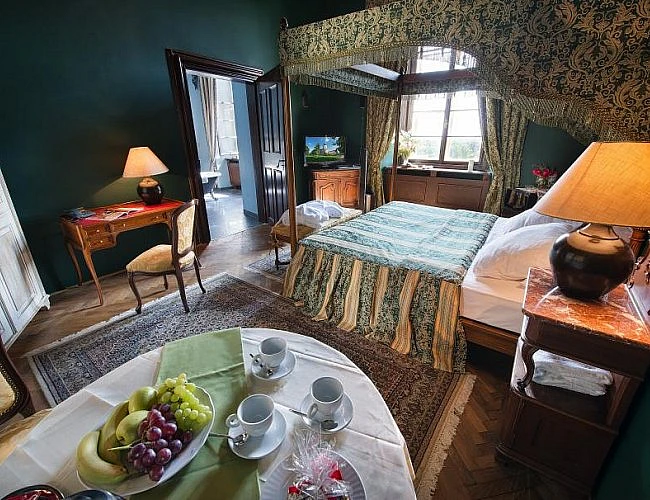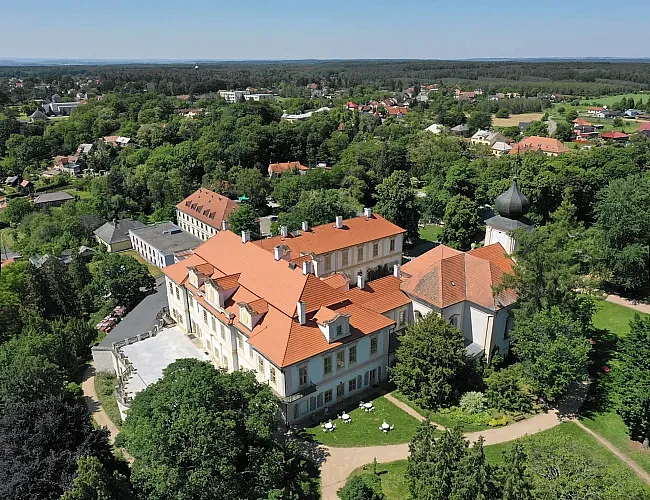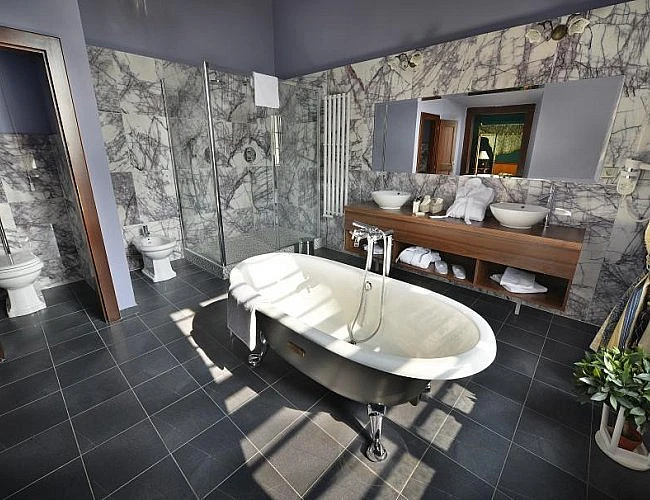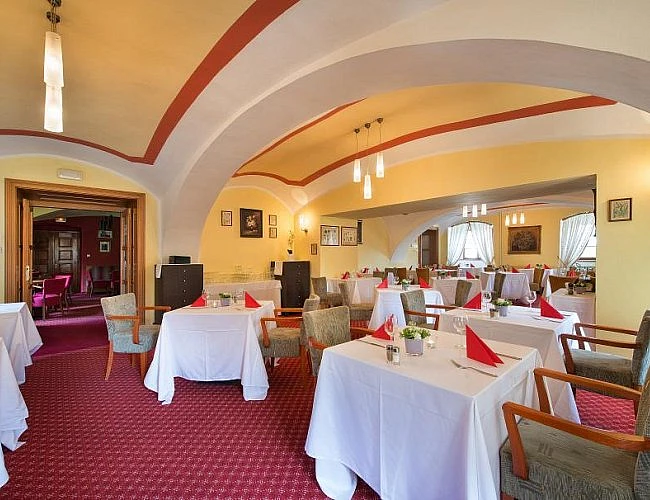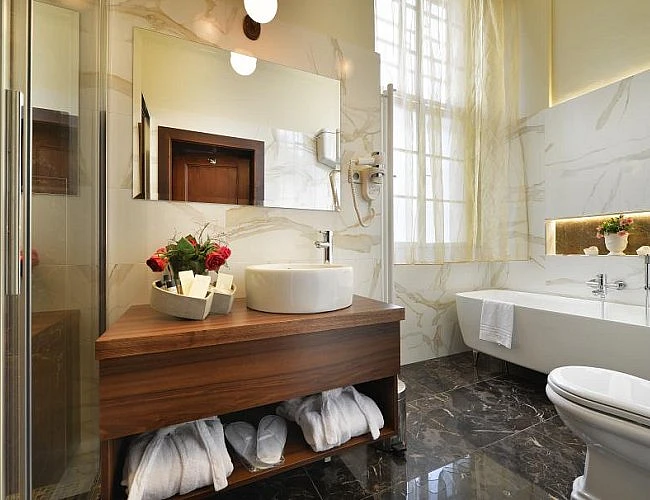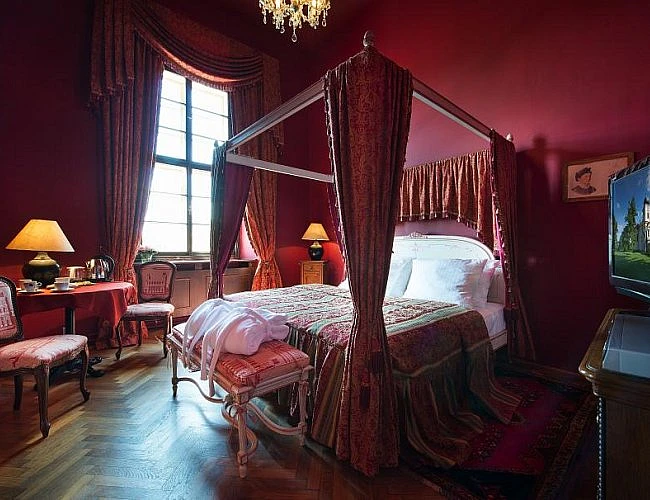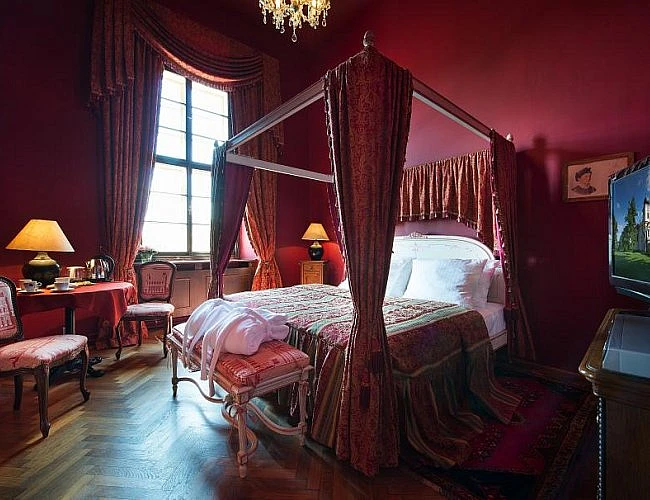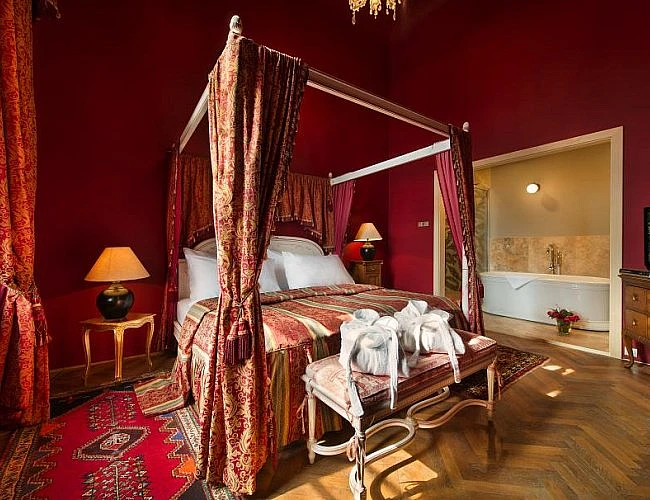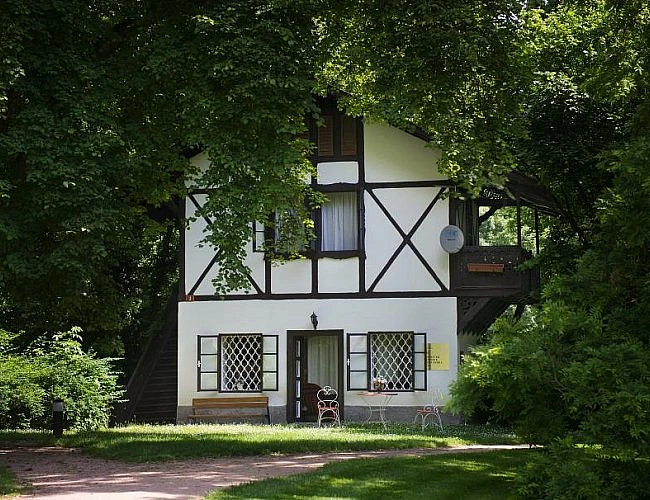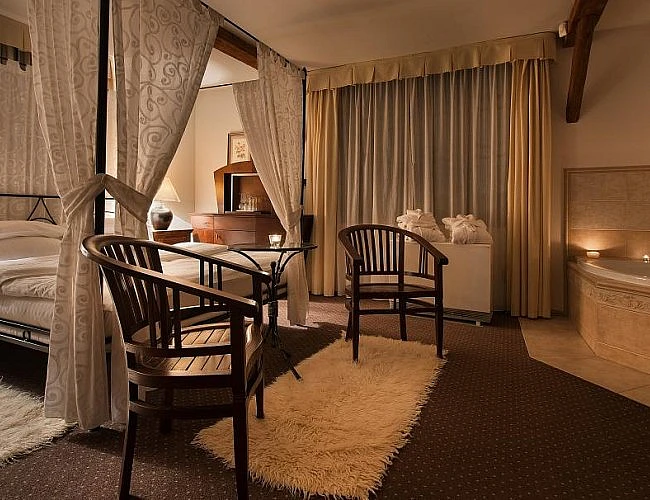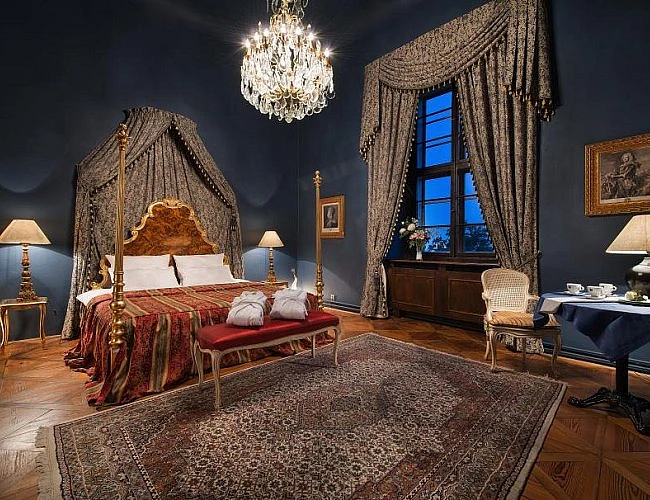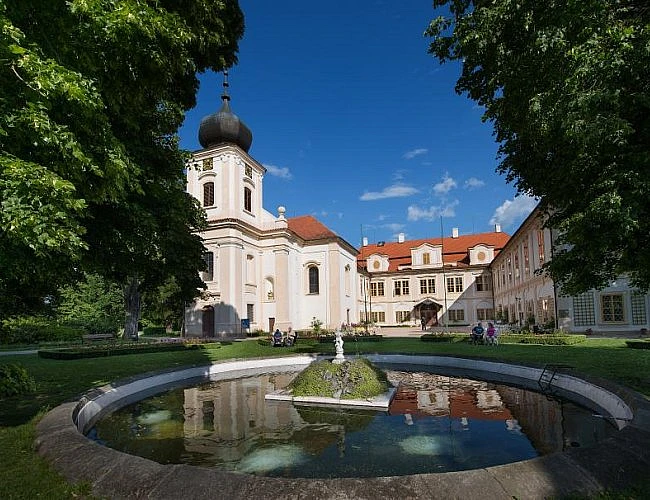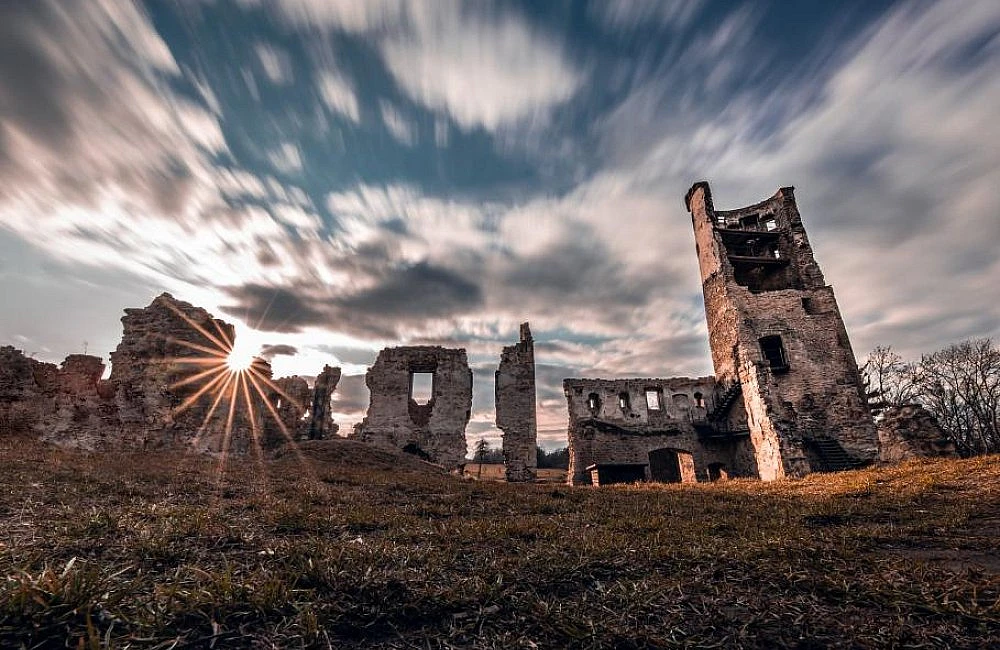Information
During the Middle Ages and early modern period, the Loučeň estate changed hands several times, mostly among lesser-known members of the lower nobility. A significant turning point came after the Bohemian Estates’ Revolt, when the property was taken over by the distinguished noble family of Waldstein (Valdštejn). From that point on, the castle was never sold, even though it later passed to two more noble families — the Fürstenbergs and the Thurn und Taxis — through marital alliances. The castle’s current form is largely the work of the renowned Baroque architect František Maxmilián Kaňka.
In 1809, the Thurn und Taxis family became lords of Loučeň. Their wealth came from operating postal services, over which they held an almost complete monopoly in Italy and large parts of Central and Western Europe. During their tenure, the château’s original park — previously designed in the style of French Baroque gardens — was transformed into an English-style landscape park. One notable figure among the owners was Alexander Thurn und Taxis, a passionate hunter, horse racing enthusiast, and traveler. His wife, Marie von Hohenlohe, was a lover of the arts, a skilled painter, and frequently invited important cultural figures to the castle. One such guest and family friend was the composer Bedřich Smetana, who spent the last nine years of his life at Loučeň.
After the communist coup, the château was seized by the Ministry of Transport, which used it as a recreational and training center. Since 2000, the castle has been owned by the Loučeň joint-stock company, which undertook major renovations, refurnished the interiors, and reopened the castle and its grounds to the public. The current appearance of the château interiors and exhibitions reflects the period around 1935 — visitors can admire original furnishings, historical furniture, and everyday objects once used by members of the Thurn und Taxis family. Accommodation is available either directly in the château’s suites or in the nearby four-star Maxmilian Lifestyle Resort.
Fun Fact
In the castle park, you’ll find the Labyrintharium — a collection of twelve garden labyrinths and mazes, unlike anything else in the world. Finding your way out of the yew maze, palisade maze, or light labyrinth is a delightful experience not only for children but also for adults.


